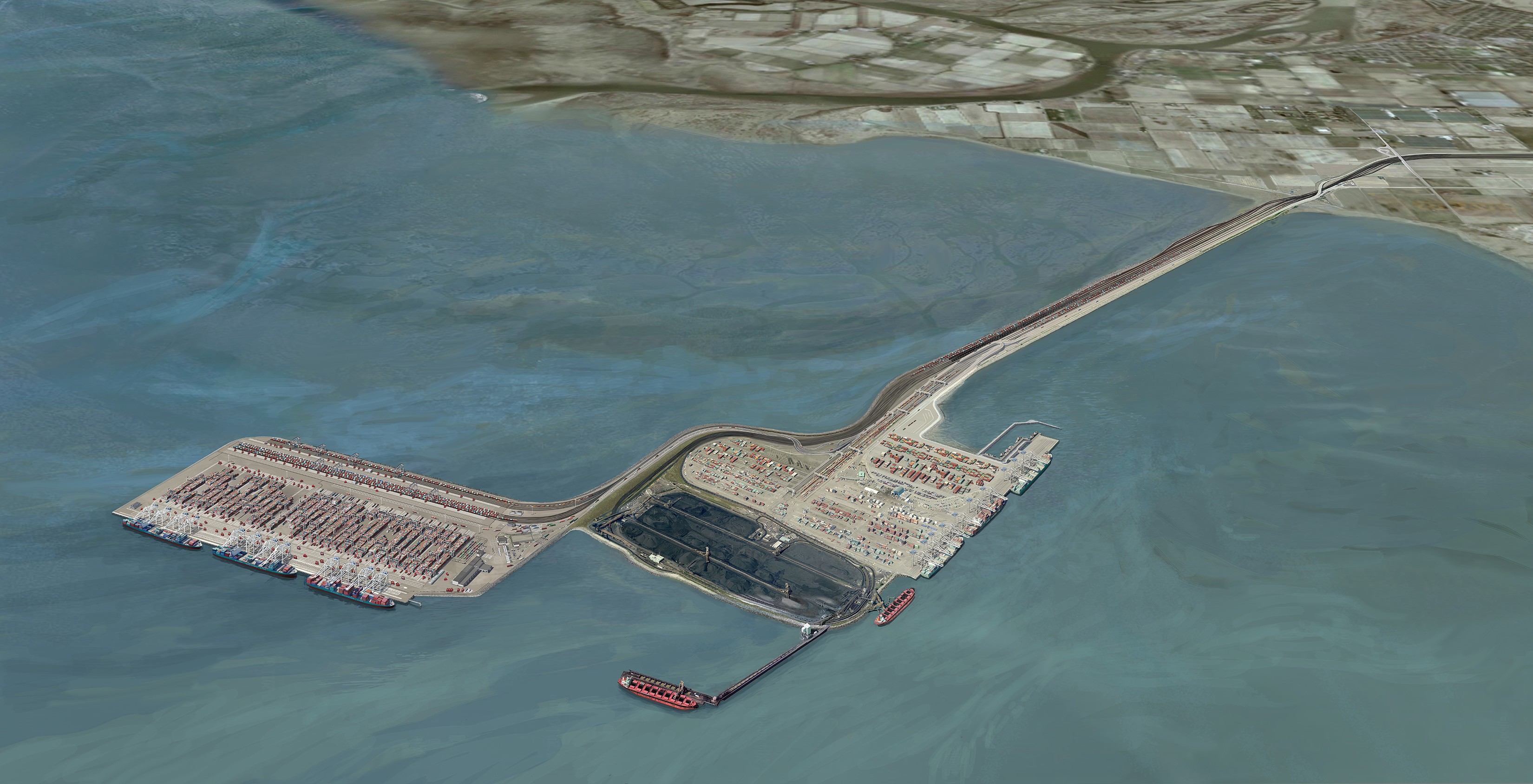Feds approve massive Metro Vancouver port expansion
West coast marine container terminals are forecast to soon reach capacity.

Key Takeaways
- The work includes building new land and a new three-berth marine container terminal.
- The project will end up increasing Canada’s west coast container capacity by approximately one-third.
- It will generate an estimated $3 billion in GDP annually once built.
The Whole Story
A major port expansion project in Delta, B.C. got one step closer to getting shovels in the ground.
The Government of Canada has approved the Roberts Bank Terminal 2 Project following an environmental assessment process that started in 2013.
The decision comes as Canada’s container trade remains on a long-term growth trajectory, with west coast marine container terminals forecast to hit capacity by the mid- to late-2020s.
“With this approval, we can advance one of Canada’s most important trade infrastructure projects to date, bolster our national supply-chain resilience, and deliver generational economic benefits for Canadians and Canadian businesses,” said Robin Silvester, president and CEO of the Vancouver Fraser Port Authority, the federal agency mandated to enable Canada’s trade through the Port of Vancouver. “I’d like to thank Indigenous and local communities, scientists, industry, chambers of commerce, and all tiers of government, who have played such an important role in shaping the project to date.”
The Roberts Bank Terminal 2 Project includes building new land and a new three-berth marine container terminal near existing port terminals at Roberts Bank in Delta, B.C. The project will incrementally deliver an additional 2.4 million twenty-foot equivalent units (TEUs) of capacity, ultimately increasing Canada’s west coast container capacity by approximately one-third.
Port officials stated that additional container terminal capacity at the Port of Vancouver will strengthen national supply-chain resilience, by creating additional “buffer” to handle cargo surges, such as those experienced through the pandemic, and support recovery from weather-related disruptions, such as the severe flooding that B.C. experienced in late 2021 that contributed to port cargo backlogs well into 2022.
Officials added that the project will deliver substantial economic benefits, including more than 18,000 jobs during construction; more than 17,300 ongoing jobs; an estimated $3 billion in GDP annually once built; and $631 million in tax revenue.
The port authority is leading the project under its public-interest mandate as a federal agency.
“Roberts Bank Terminal 2 has been designed in a way that ensures it aligns with our work toward our vision to make the Port of Vancouver the world’s most sustainable port, including protecting and enhancing the natural environment and reflecting Indigenous priorities,” said Judy Rogers, port authority board chair. “The port authority has collaborated with Indigenous groups on the project for more than a decade and now we look forward to working together to deliver economic, cultural and environmental opportunities and initiatives.”
The port authority stated that it will continue to work closely with Indigenous groups on environmental mitigation and training, employment, contracting opportunities, as well as providing benefits through the Indigenous Legacy Benefit Fund and signed agreements with 26 Indigenous groups.
The new marine terminal will be located in subtidal waters to minimize environmental effects. It will be funded by the port authority and private investment.
In line with the port authority’s commitment to support local communities, the Roberts Bank Terminal 2 community investment program will provide $6 million to Delta organizations and students as part of the project.
The port authority says it will now continue to work toward obtaining other applicable approvals and permits to advance the project.
